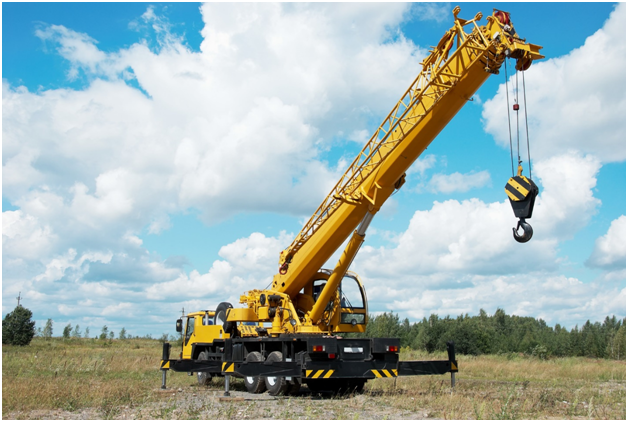Did you know that more than half of fatal crane-related injuries from 2011-2017 occurred from being struck by an object or equipment? These deadly occurrences range from unfortunate accidents to safety oversights.
It’s inevitable that you’ll have to operate or work around a crane in the construction industry. So how can you ensure that your worksite isn’t the site of an injury or fatality?
The answer is by prioritizing safe operation and use. Keep reading for our top crane safety tips, so you can stay sharp on equipment safety.
1. Get the Right Crane For the Job
The safety begins before you even make it to the job site. What kind of job do you need a crane for? A long-term, complex industrial job will benefit from a fixed crane. But you might need a mobile crane.
Mobile cranes come in many different forms. Find a mobile crane that fits the terrain and size needs of the job site. You’ll also want to consider whether you have to travel with the crane or not.
Hiab is one of the most reliable companies when it comes to safe construction equipment. View their boom cranes to see if they’re right for your next job. Make sure to do your research before you buy equipment to find the best manufacturer for you.
2. Get the Right Personnel For the Job
Even more important than the crane itself would be who’s operating it. You’ll want to ensure you find trained and qualified workers for the job.
Without qualified and certified operating personnel, you’ll violate OSHA guidelines and put everyone in danger. Not to mention the risk of fines and penalties if an accident occurs.
3. Thorough and Careful Planning
After finding the perfect crane and certified operators, you’ll want to plan to give ample time for completing the project. Rushing crane operators is one of the quickest routes to an onsite accident.
Make time for necessary precautions, such as having the operator read the manual thoroughly before operating the crane. They’ll also need to ensure the crane is stabilized before rigging, then rigged correctly. You’ll need outriggers, outrigger pads, or crane pads to help in this process.
4. Complete Checks Before Use
Each day before using the crane, inspect the equipment and complete safety checks. These include pre-start checks of parts of the crane such as tires and batteries, engine start-up checks, and safety system checks.
5. Use Proper Communication
Now that all is safe for your operator to start using the crane, you’re ready to get the job underway. But there are a few important crane communication signals to know while the crane is in use.
“Stop” signals include extending the arm forward and swinging it back and forth across the chest. That’s perhaps the most important signal, but there are signals to indicate boom and load motions and traveling as well.
Staying Safe in the Construction Industry is Paramount
Staying safe on a construction site is the responsibility of everyone involved. It’s necessary that all personnel working on site are aware of these safety guidelines, so the crane and the job can run smoothly.
For more on the construction industry and other topics from business to travel, keep browsing the blog.












